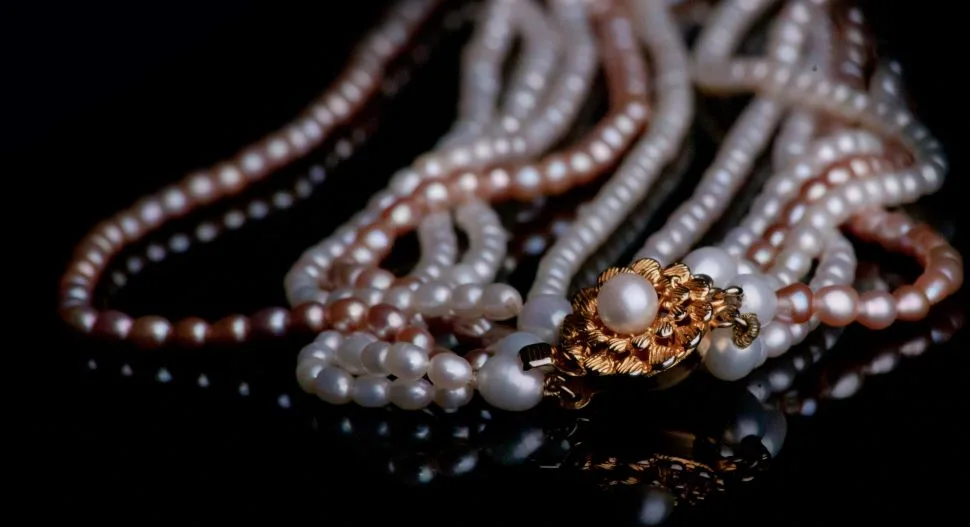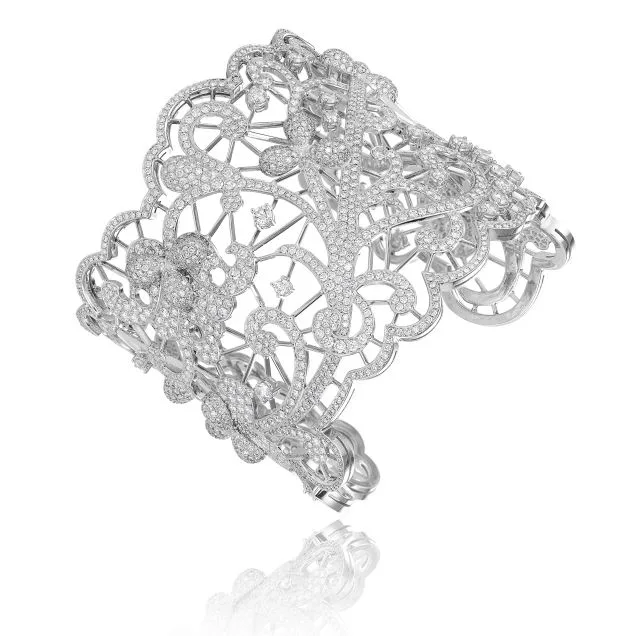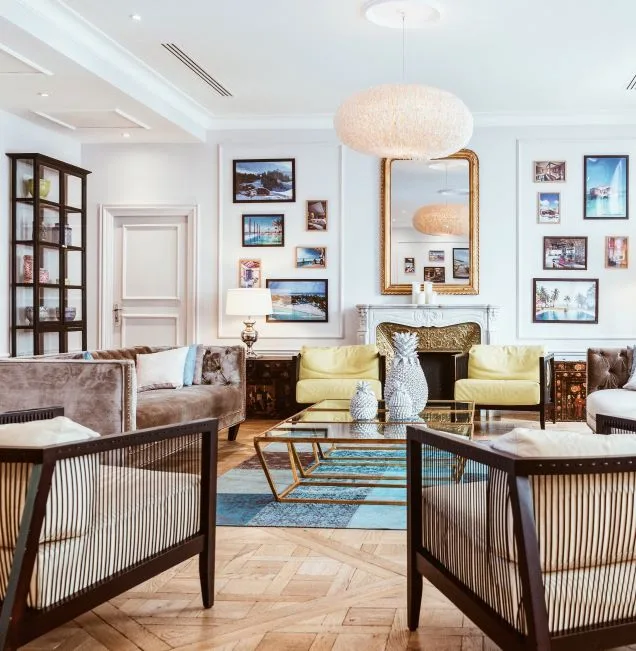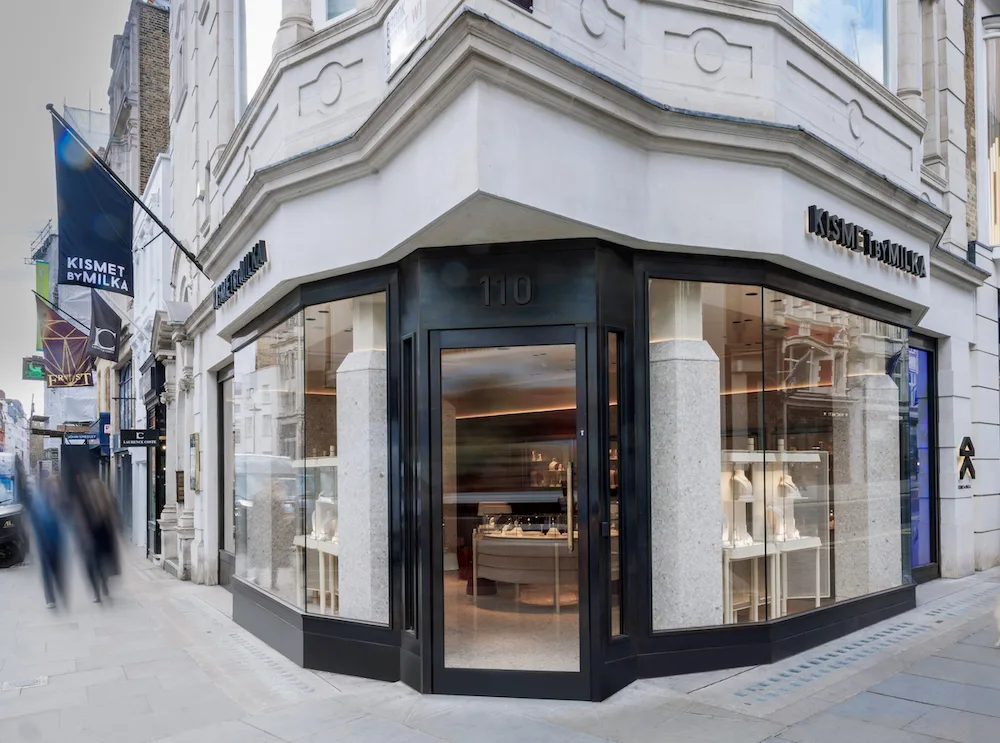The COVID-19 pandemic has shaken up nearly every consumer category, influencing new behaviours, stifling some industries, and inspiring growth in others. Emerging trends in the luxury sector suggest extravagance is being usurped by nostalgia and sustainability.
Dynamics within the luxury sector are changing. If you’ve found yourself slipping on your father’s vintage watch this year or gazing at sepia-tinted photos of past holidays, you’re not alone. In a study published in the journal Frontiers, researchers found that nostalgia enhances well-being and feelings of social connection1.Given the impact that COVID-19 has had on the way we live, work and shop, it is unsurprising that imposed isolation during the pandemic has fuelled trips down memory lane.
The pandemic has fuelled nostalgia-driven luxury purchases
While sales of luxury goods have contracted considerably due to store closures and global uncertainty, jewellery has remained remarkably resilient, with gold reaching an all-time high in August of US $2075 a troy ounce (at time of writing it is hovering around US $1839).
E-commerce traditionally accounted for only a fraction of watch and jewellery sales. Many expected this section of the industry to be hardest hit by the pandemic. However, much like the automotive trade, jewellery is now being bought extensively online.

Christie’s has seen a surge in digital engagement across 134 countries, with a 70% increase in daily visitors2 and ten of Sotheby’s most valuable lots online have been filled by jewels. There have even been record-buying auction purchases across the world: in April a bid of US$1.34m was placed on a 1930s Cartier Tutti Frutti bracelet3; and in June, an emerald-cut diamond sold for US$2.1m4. So, what’s driving this resurgence of interest in jewellery?
The jewels of the past
Nostalgia is evident in the surge of interest in antique and repurposed jewellery – an intricate reminder of a time before the pandemic hit. “Clients love the idea that such jewellery includes something completely unique, which survived splendidly through so many years and challenges, and emanates this soothing and understated energy of things that have been around for a long time,” says Caterina Degiacomi, an Italian historian who refurbishes antique jewels and resets them in new designs5.
Jewellery is often designed with the intention of being passed down the generations, from one bejewelled hand to the other. Wealth creators often feel that wealth should be used first to benefit the family.
Nike Anani, Founder and CEO of Nike Anani Practice and an expert on building resilient family enterprises says that wealth isn’t just about profit: “Family wealth is often an emotional investment. It’s about the legacy families want to leave and how each generation wants to add to that and carry it forward.”
Green is the new black
Luxury consumers are increasingly more discerning. Not just transformed gems, restored antiques, sustainable luxury cars and vintage watches are also enjoying their moment. Luxury carmakers are recycling plastic bottles, woods and even fishnets in their designs7. Luxury watchmakers Chopard have committed to only using ethical gold in their creations.
Bracelet from Chopard’s Green Carpet collection with both gold and diamonds ethically sourced.

Traditionally, luxury has been opulent and extravagant. Today, there are signs that buyers are looking for more meaning. A third of consumers have questioned their spending during the pandemic and 35% will put more emphasis on sustainability6.
Buyers are looking for pieces that breathe individuality. “We’ve seen increased demand for one of a kind luxury items across all categories: furnishings, art, jewellery and vintage clothing. In this COVID environment, collectors and recreational buyers alike have shifted their discretionary buying to trusted online sourcing communities, such as 1stDibs.com. In particular, art and jewellery have experienced unprecedented growth as they’re both investment and pleasure pieces,” says David Rosenblatt, CEO, 1st Dibs.
The pandemic has left us looking deeper into ourselves. “There’s a shift from the obsession with ownership to only using things that have personal value. You’ll have these really nice, well-made objects around you to elevate the sense of things which are important in your own life,” says Martina Olbertova8, luxury expert and CEO of Meaning. Global.
“We’ve seen an increased demand for furnishings, art, jewellery and vintage clothing.”
– David Rosenblatt

No time like the present
In these days of record-low interest rates, high-net-worth individuals can face several problems. Tax complications may constrain you if you’re disposing of existing investments in order to buy new ones. Holdings may now be dominated by shares from a particular sector, meaning that diversification becomes a real difficulty.
Meanwhile, the attractions of jewellery, antiques or other luxury items remain constant – perhaps also because now, more than ever, we want to give gifts that matter, particularly when we can’t be with our loved ones in-person.

ABOUT THE AUTHOR:
As the Global Head of Family Office at Barclays Private Bank, Effie Datson is responsible for building and growing the Global Family Office client segmentation with the business and product heads across UK, Europe, Middle East, Asia and beyond. She joined the private bank in the midst of the pandemic in June 2020 to help define and enhance Barclays Private Bank’s GFO proposition and product set.
Effie has over 25 years’ experience in financial services and joined UBP where she was a Head of Hedge Funds. Ms Datson has also held senior roles at banks including Goldman Sachs and Deutsche Bank. She holds an MBA from Harvard Business School and an AB magna cum laude from Harvard College. She is the founder and former board chair of 100 Women in Finance (formerly, 100 Women in Hedge Funds) in EMEA.
References:
- Is Nostalgia a Past or Future-Oriented Experience, June 2020, Frontiers
- Christie’s achieves record price for a Jewel sold in an online auction, June 2020, Christies
- Cartier Tutti Frutti Bracelet Fetches Online Record Of .3 Million At Sotheby’s, May 2020, Forbes
- The biggest D-colour diamond ever auctioned online sells for a record 2.1 million, July 2020, The Telegraph
- Modern designers breathe new life into heritage jewellery, September 2020, Financial Times
- The post-covid-19 luxury consumer, Altiant
- Luxury Cars Go Sustainable From the Inside Out, June 2020, The New York Times
- The Luxury Report 2019: Redefining The Future Meaning Of Luxury, June 2019, Medium
Opening picture: by Dimitris Christou for Pixabay

















Show Comments +